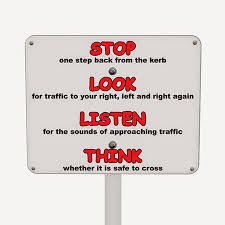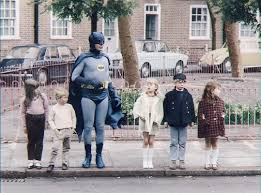WOLF ANGEL
A Fool on the Hill
Public information films
.
(PIFs) are a series of government-commissioned short films, shown during television advertising breaks in the United Kingdom.
The name is sometimes also applied, faute de mieux, to similar films from other countries.
The US equivalent is the public service announcement (PSA).
-
Public information film - Wikipedia
.
(PIFs) are a series of government-commissioned short films, shown during television advertising breaks in the United Kingdom.
The name is sometimes also applied, faute de mieux, to similar films from other countries.
The US equivalent is the public service announcement (PSA).
-
Public information film - Wikipedia





